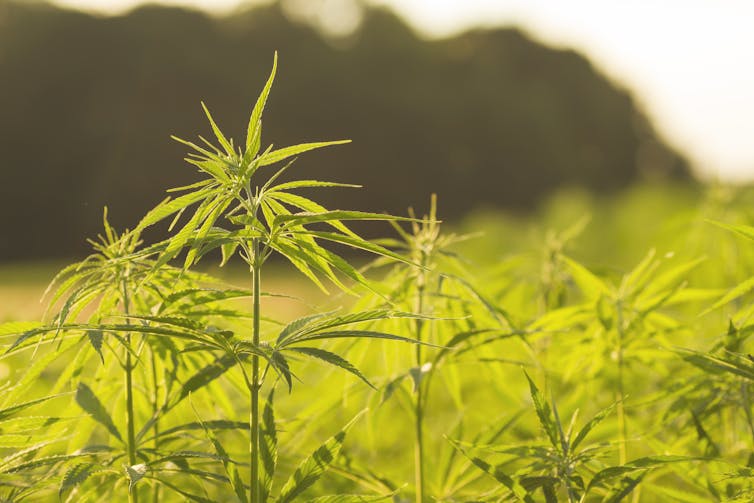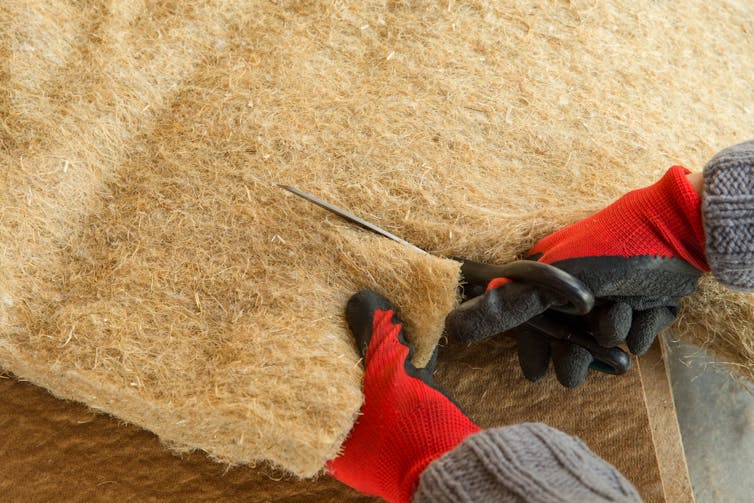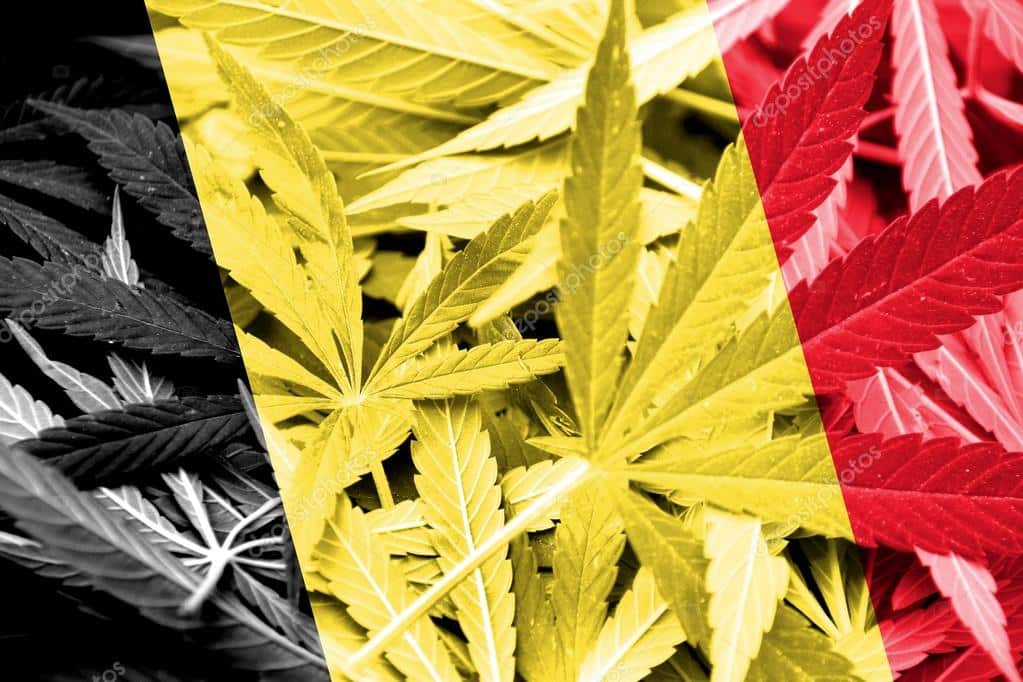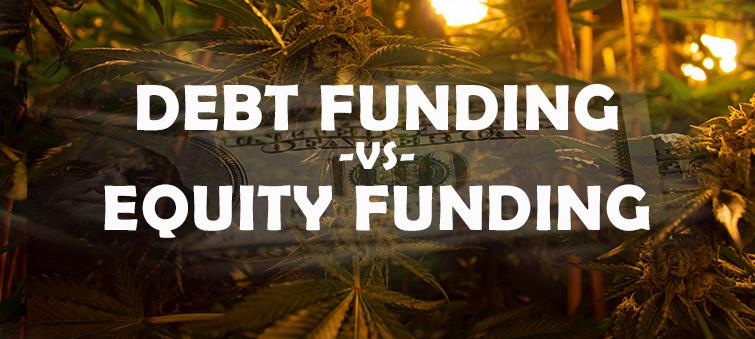
Pneumatic Propulsion: A Clean and Efficient Alternative for Maritime Transportation
Abstract
Maritime transportation, a cornerstone of global trade and tourism, is a significant contributor to air and water pollution. Conventional diesel-powered boats release harmful emissions, endangering marine ecosystems and human health. In this paper, we propose a novel approach: pneumatic propulsion, powered by compressed air. This system offers a cleaner, more sustainable, and efficient alternative to traditional methods. Through performance analysis and life cycle assessment, we demonstrate the advantages of pneumatic propulsion over electrical systems.
Introduction
Coastal cities like Dubai and the UAE rely heavily on maritime transportation for both economic and recreational purposes. While this sector is essential for growth, it poses significant environmental challenges. Diesel-powered boats, the industry standard, emit harmful pollutants that degrade air and water quality.
To address these concerns, we explore pneumatic propulsion as a promising solution. By utilizing compressed air to power an air motor-mounted propeller, this system offers several benefits:
- Reduced Emissions: Pneumatic systems eliminate harmful emissions associated with traditional combustion engines.
- Noise Reduction: Compressed air systems operate significantly quieter than diesel engines.
- Increased Efficiency: Pneumatic motors can achieve high efficiency, especially in low-speed applications.
- Safety: Compressed air systems are inherently safer than those involving flammable fuels.
System Design and Operation
The pneumatic propulsion system consists of:
- Compressed Air Tank(s): Stores compressed air at high pressure.
- Air Motor: Converts compressed air energy into mechanical energy.
- Propeller: Transmits the mechanical energy to the water, propelling the boat.
The system operates by releasing compressed air from the tank, which flows through the air motor. The motor’s expansion and contraction drive the propeller, generating thrust. As the air expands, it cools, allowing for energy recovery and increased efficiency.
Performance Analysis and Comparison
To assess the performance of the pneumatic system, we conducted a series of tests and compared the results to an equivalent electrical propulsion system. Key performance metrics included:
- Thrust: The pneumatic system demonstrated a 6% higher thrust compared to the electrical system.
- Efficiency: The pneumatic system exhibited comparable efficiency to the electrical system, especially at lower speeds.
- Range: The range of the pneumatic system is dependent on the size and pressure of the air tanks, but it can be optimized for specific applications.
Life Cycle Assessment
A life cycle assessment (LCA) was conducted to evaluate the environmental impact of both systems. The LCA considered factors such as energy consumption, material extraction, manufacturing, operation, and end-of-life disposal. The results revealed that the pneumatic system offers a significant reduction in carbon dioxide emissions compared to the electrical system. This reduction is attributed to the lower energy consumption and reduced reliance on grid electricity, which often involves fossil fuel-based generation.
Conclusion
Pneumatic propulsion presents a compelling alternative to traditional propulsion methods for maritime transportation. By leveraging the power of compressed air, this technology offers a cleaner, more efficient, and sustainable solution. While further research and development are needed to optimize the system for various applications, the potential benefits of pneumatic propulsion are significant. As the world seeks to reduce its carbon footprint, innovative technologies like pneumatic propulsion can play a crucial role in shaping a greener future for maritime transportation.








